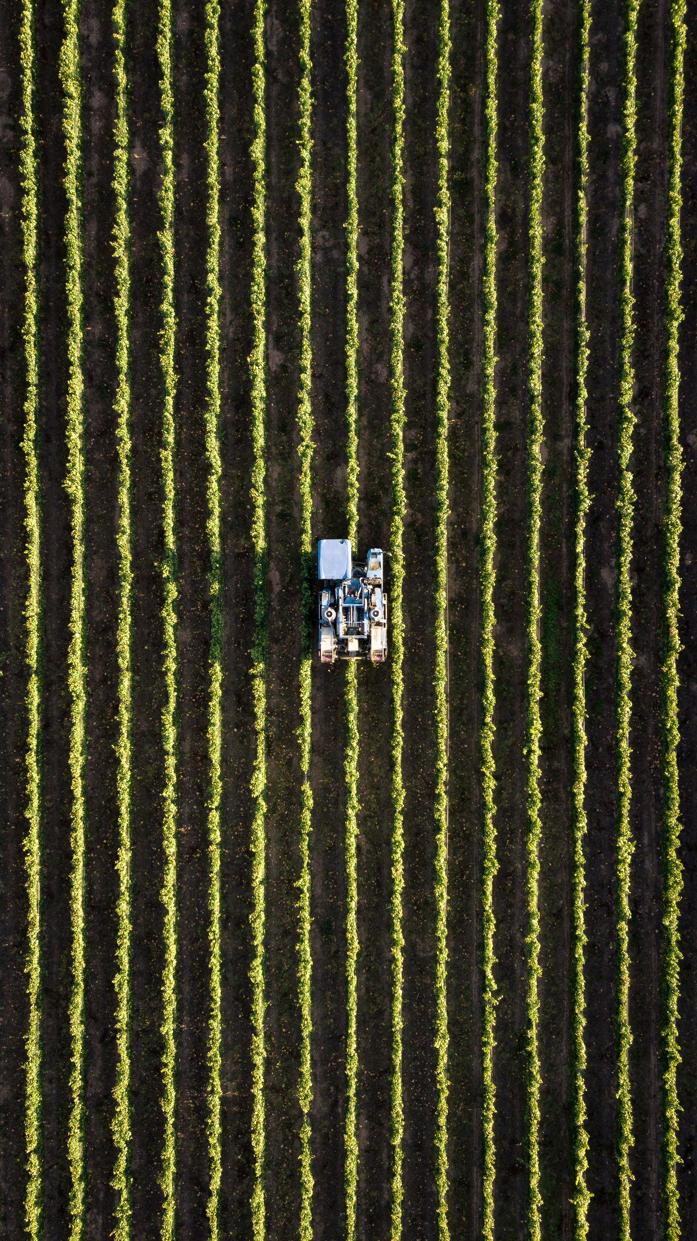Drone Food Delivery: Revolutionizing Logistics and Dining
Introduction
Drone food delivery is a transformative innovation shaking up the logistics and food service industries. This cutting-edge technology promises unparalleled speed, efficiency, and cost savings. As drones take flight to deliver meals, they open new avenues for restaurants and delivery businesses to streamline operations and enhance customer satisfaction. This blog will delve into the intricate world of drone food delivery, exploring its technological framework, benefits, regulatory challenges, successful implementations, and future potential.

The Concept of Drone Food Delivery
Drone food delivery involves using unmanned aerial vehicles (UAVs) to transport food from restaurants or central kitchens directly to customers' doorsteps. The concept leverages advancements in drone technology, GPS, and automated systems to create a more efficient and fast delivery process. Unlike traditional delivery methods that rely on human couriers, drone delivery minimizes the limitations posed by traffic, geography, and human error.
Wrap-around services are an essential aspect of this concept. The process begins with customers placing an order through a mobile app or website. Once the order is prepared, it is loaded onto a drone, which then navigates a pre-determined route using GPS to reach the delivery destination. Finally, the drones equipped with advanced sensors and AI ensure safe landing and package drop-off.
Technological Framework
Drone food delivery systems are built on sophisticated hardware and software components. These elements work together to ensure efficient, reliable, and safe delivery operations.
Hardware Components
The primary hardware components include:
- Quadcopters or Multirotor Drones: These UAVs offer stability and precision in flight, crucial for carrying out deliveries in urban settings.
- Battery Packs: Long-lasting and quick-charging batteries ensure continuous drone operation, with fail-safes for power management.
- Payload Systems: Custom-designed compartments keep food items secure, warm, and intact during the flight.
- Navigation Sensors: These include GPS, gyroscopes, and altimeters that work together to provide accurate location tracking and stable flight control.
Software and AI Applications
Drones rely heavily on software and artificial intelligence for smooth operation:
- Navigation Software: Integrates GPS data and real-time mapping to chart optimal routes, avoiding obstacles and no-fly zones.
- AI Algorithms: Aid in route optimization, weather assessment, traffic control, and flight dynamics.
- Communication Systems: Enable constant interaction between the drone and control centers, providing real-time updates and emergency management.
- Mobile Applications: Customers track their orders through user-friendly interfaces, receiving notifications of delivery status and time.
Integrating hardware and software ensures a seamless drone delivery experience, combining efficiency with reliability.

Benefits Over Conventional Delivery Methods
Drone food delivery stands out due to several advantages over traditional methods. Leveraging these benefits can transform both logistics and food service industries.
Speed and Efficiency
- Faster Delivery Times: Drones can cover distances quickly, bypassing traffic, and reaching customers in less time.
- Higher Delivery Frequencies: Reduced turnaround time means more deliveries per unit time, enhancing service capacity.
Cost Savings
- Lower Labor Costs: Automation reduces the need for human couriers, resulting in significant labor savings.
- Reduced Fuel Costs: Electric-powered drones eliminate fuel expenses, contributing to overall operational savings.
Reduced Human Error
- Consistent Service Quality: Drones provide reliable and consistent delivery times.
- Minimized Risks: Automation minimizes the chances of human-related delivery issues, like miscommunication and fatigue-induced errors.
The efficiency and reliability of drone deliveries stand as a testament to their potential for revolutionizing the industry.
Regulatory and Safety Concerns
Despite its benefits, drone food delivery faces hurdles in regulation and safety. Navigating these challenges is critical for the widespread adoption of drone delivery services.
Existing Regulations
- Licensing Requirements: Drone operators need specific certifications to ensure safety standards.
- Flight Restrictions: No-fly zones, maximum altitude restrictions, and geographic limitations must be adhered to, with each region having its regulatory framework.
Safety Measures
- Collision Avoidance Systems: Advanced sensors help drones detect and avoid obstacles, ensuring safe flight paths.
- Emergency Protocols: Built-in fail-safes and emergency landing protocols guard against malfunctions.
- Redundant Systems: Backup components ensure drones continue operating even if primary systems fail.
Public Perception
- Privacy Concerns: Public fears about surveillance need addressing to gain broader acceptance.
- Noise Pollution: Noise reduction strategies are crucial to mitigate disturbance concerns.
Addressing these regulatory and safety challenges requires close cooperation among manufacturers, operators, and regulatory bodies to ensure drone food delivery becomes a widespread reality.
Case Studies: Success Stories
Several companies have successfully piloted drone food delivery services, demonstrating both feasibility and benefits.
- Amazon Prime Air: Though primarily focused on package delivery, Amazon's foray into drone technology highlights its potential in food delivery.
- Wing (by Alphabet): Wing's drone deliveries in Australia have shown how widespread drone adoption can transform local logistics.
- Domino's Pizza: Collaborated with drone companies to initiate pizza delivery trials, demonstrating drones' adaptability to various cuisines and delivery models.
These case studies point to a promising future where drone food delivery might become more commonplace and accepted.

Future Outlook and Potential Improvements
The future of drone food delivery holds substantial potential, with various improvements and expansions on the horizon.
Technological Advancements
- Extended Battery Life: Research into more durable batteries will allow drones to cover greater distances.
- Improved AI Integration: Advanced AI could lead to better real-time decision-making and route optimization.
Expansion Tips
- Urban Infrastructure: Cities investing in drone-friendly infrastructure can facilitate smoother adoption.
- Partnership Models: Collaborating with tech companies can drive innovation and system optimization.
Integration with Autonomous Systems
- Robotics and Autonomous Vehicles: Combining drones with ground-based robots could create seamless, multi-modal delivery systems.
- Internet of Things (IoT): Enhanced connectivity between devices will ensure real-time tracking and monitoring, improving efficiency.
The continuous evolution of drone technology promises exciting developments that could reshape the logistics landscape.
Conclusion
Drone food delivery is undeniably a groundbreaking development in logistics. While the technology presents a suite of advantages in terms of speed, cost, and reliability, challenges like regulatory framework and public perception must be addressed. As technology advances and integrations with autonomous systems become more sophisticated, the potential for drone food delivery to transform the food service industry appears boundless.
Frequently Asked Questions
What are the main benefits of drone food delivery?
Drone food delivery offers speed, cost savings, and reduced human error, improving overall delivery efficiency.
How do regulations affect drone food delivery services?
Regulations impose licensing, flight restrictions, and safety standards that operators must adhere to for legal and safe operation.
What are the future trends in drone food delivery?
Technological advancements, urban infrastructure expansion, and integration with autonomous systems are key trends shaping the future of drone food delivery.



